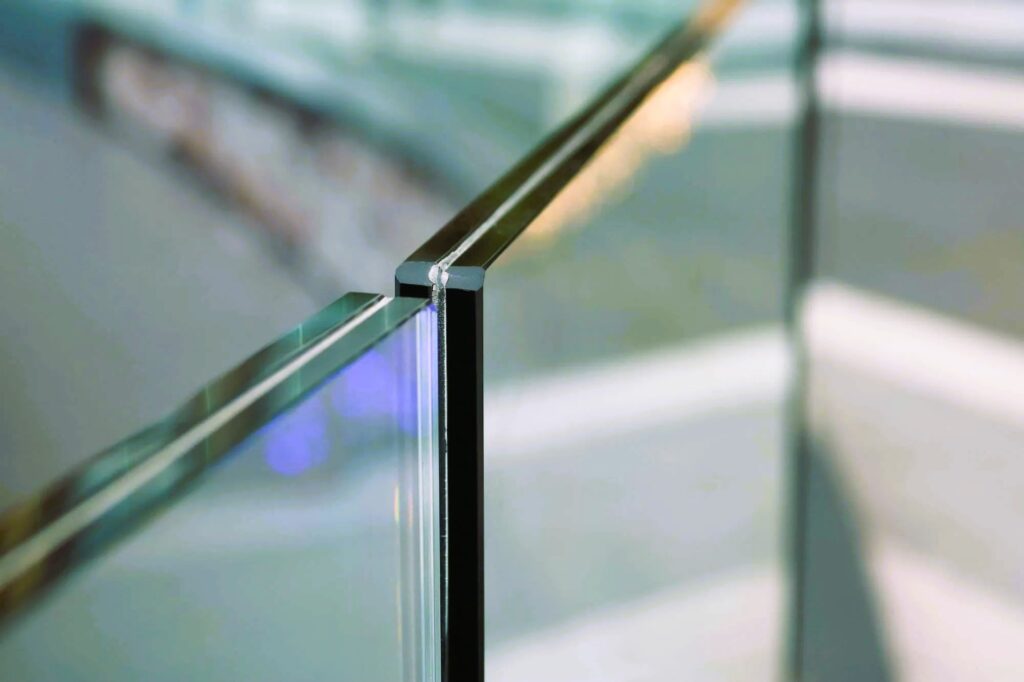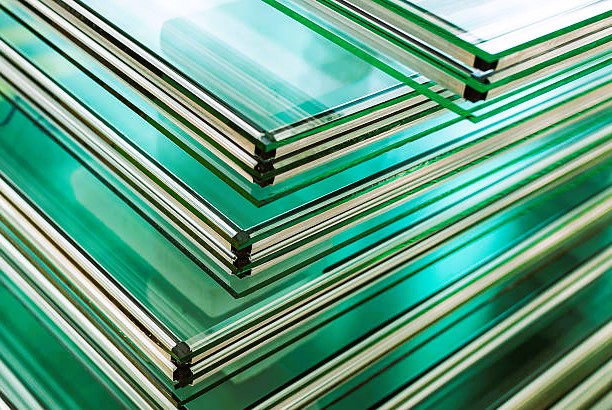Laminated glass, a type of safety glass composed of two or more layers of glass bonded together with an interlayer of polyvinyl butyral (PVB) or ethylene-vinyl acetate (EVA), offers a wide range of applications and design possibilities. Originally developed for its safety and security features, laminated glass has evolved to become a versatile material used in various industries, from architecture and automotive to interior design and art installations. In this article, we will explore the applications and design opportunities afforded by laminated glass, as well as its advantages and considerations.
Applications
Architectural Applications: Laminated glass is extensively used in the construction industry for architectural applications such as windows, doors, facades, skylights, and glass partitions. Its ability to withstand impact and maintain structural integrity, even when broken, makes it an ideal choice for buildings located in high-traffic areas or areas prone to extreme weather conditions. Laminated glass also offers enhanced sound insulation properties, making it suitable for noise-sensitive environments such as hospitals, schools, and office buildings.
Automotive Industry: In the automotive industry, laminated glass is commonly used for windshields and side windows. The interlayer of PVB or EVA provides additional strength and safety, reducing the risk of injury in the event of a collision. Laminated glass also offers acoustic insulation, improving the overall driving experience by reducing external noise and vibrations.

Security and Safety: Due to its ability to resist penetration and remain intact even when shattered, laminated glass is often used in security applications such as banks, jewelry stores, and museums. It can also be combined with bullet-resistant materials to provide additional protection against ballistic threats.
Interior Design: Laminated glass is increasingly being incorporated into interior design projects, including glass balustrades, partitions, tabletops, and decorative elements. Its versatility allows designers to create visually stunning spaces while also providing practical benefits such as light transmission, privacy, and acoustic control.
Design Possibilities
Laminated Glass Art Installations: Artists and designers are increasingly exploring the creative potential of laminated glass in art installations and sculptures. Its transparency, durability, and ability to diffuse light make it a popular choice for large-scale installations in public spaces and galleries. Read about the importance of point glass systems in modern architecture in our article.
Customization: Laminated glass can be customized to meet the specific requirements of each project, including color, thickness, texture, and transparency. Digital printing technology allows for the application of intricate patterns, images, or logos directly onto the glass surface, opening up endless design possibilities.
Structural Applications: Advances in laminated glass technology have led to the development of structural laminates capable of supporting significant loads. This has enabled architects to incorporate glass into building structures in innovative ways, such as glass floors, stairs, canopies, and bridges.
Advantages
Safety and Security: Laminated glass provides enhanced safety and security compared to standard annealed glass. In the event of breakage, the interlayer holds the glass fragments together, reducing the risk of injury from sharp edges and preventing debris from scattering.
UV Protection: Laminated glass can be manufactured with UV-blocking interlayers to protect interior furnishings and occupants from harmful ultraviolet radiation. This is particularly beneficial in spaces with extensive glazing or where UV-sensitive materials are present.
Sound Insulation: The viscoelastic properties of the interlayer help dampen sound transmission, making laminated glass an effective solution for reducing noise pollution in urban environments and improving acoustic comfort indoors.
Considerations

Cost: Laminated glass typically comes at a higher cost than standard annealed glass due to the additional manufacturing processes involved. However, its long-term benefits in terms of safety, durability, and energy efficiency often justify the initial investment.
Installation and Maintenance: Specialized equipment and techniques may be required for the installation of laminated glass, particularly in structural applications. Additionally, proper maintenance is essential to ensure the longevity and performance of laminated glass installations.
In conclusion, laminated glass offers a wealth of applications and design possibilities across various industries. From enhancing safety and security to enabling innovative architectural designs and artistic expressions, laminated glass continues to push the boundaries of what is possible with glass. As advancements in technology and manufacturing techniques continue to evolve, the future looks bright for laminated glass as a versatile and sustainable building material.
For more information on laminated glass standards and regulations, please visit Wikipedia.

